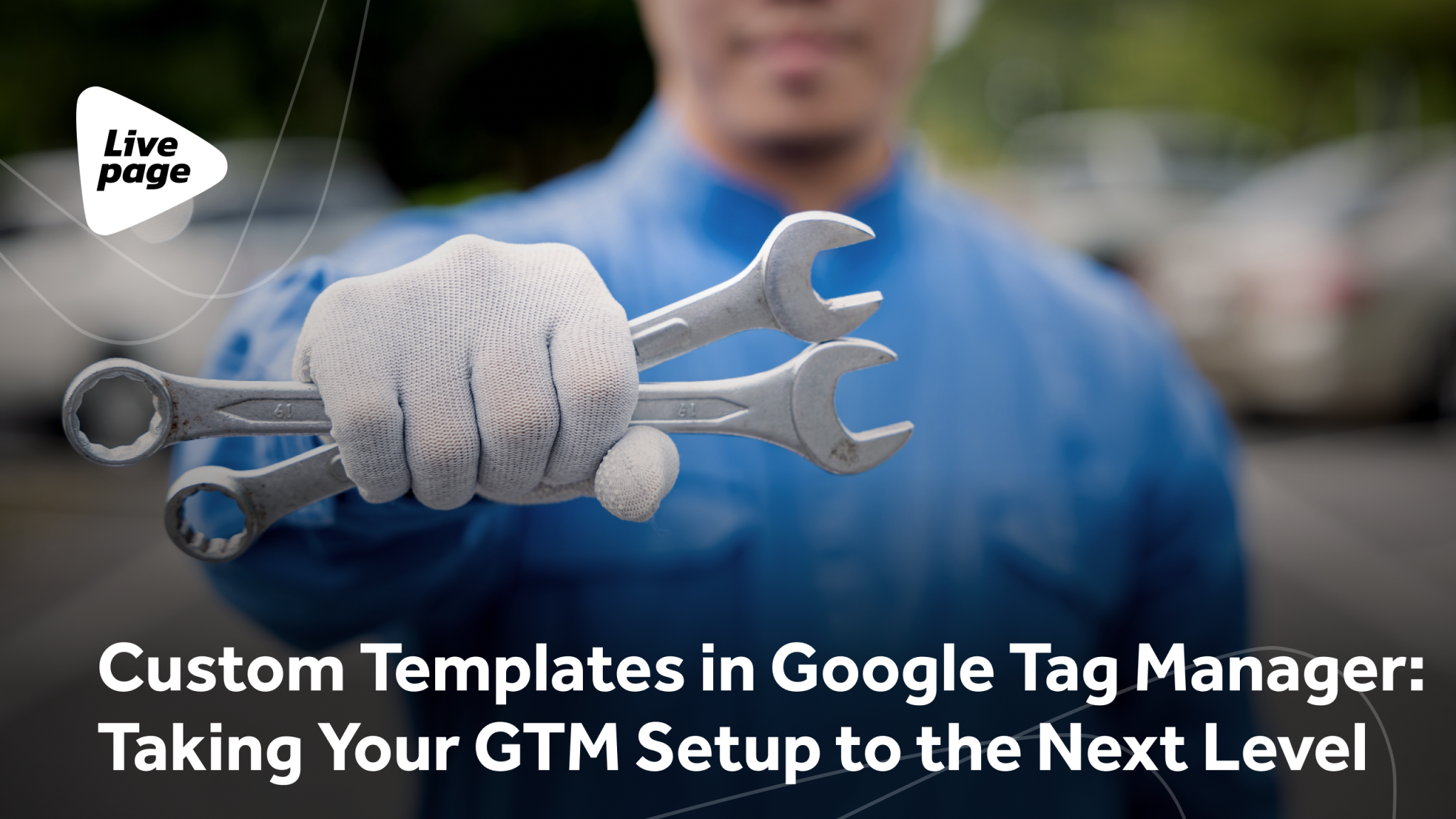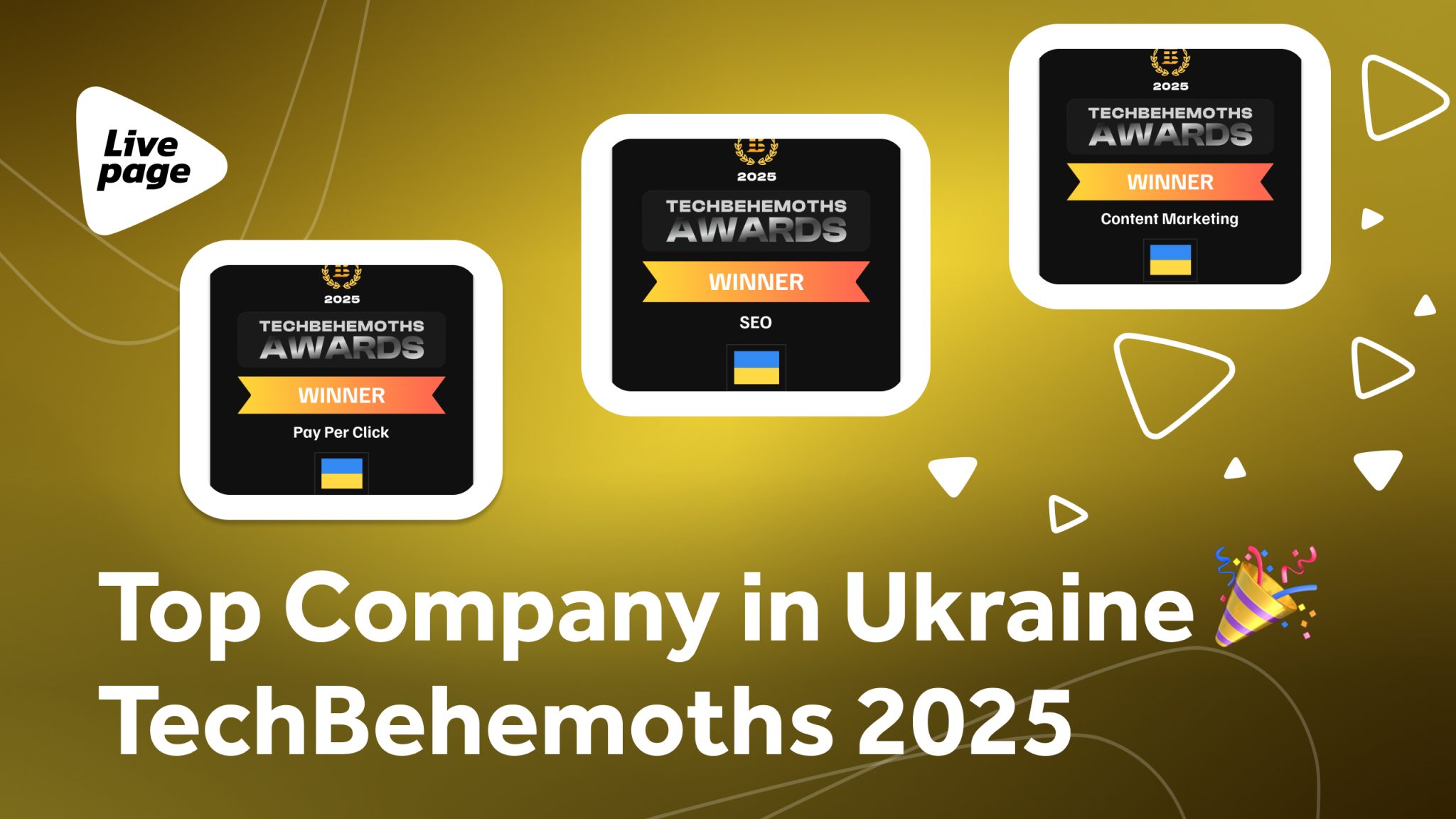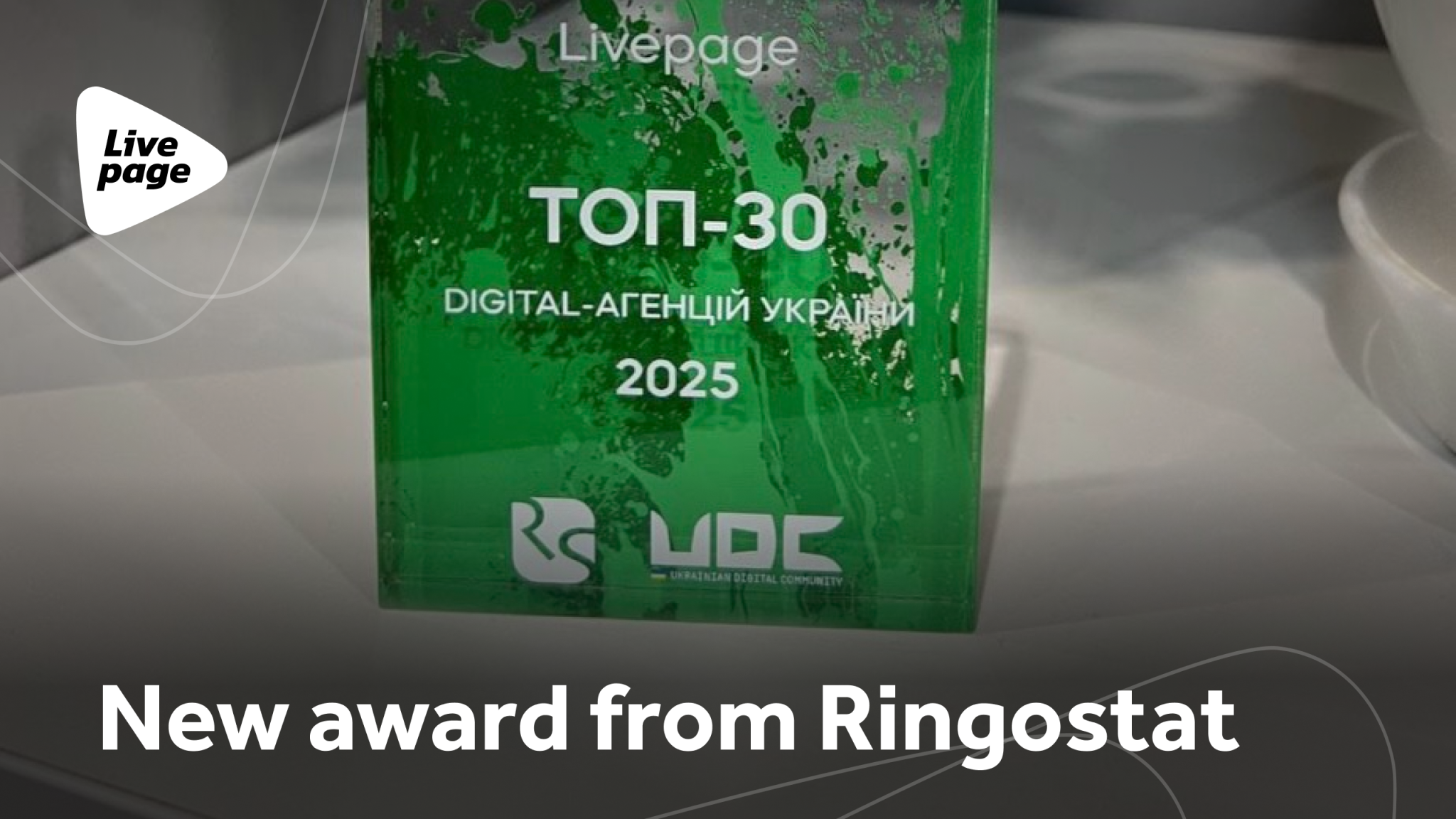
Everything You Need to Know About B2B Email Marketing Strategy

If your company doesn’t have an effective B2B email marketing strategy, you may be missing out on a crucial aspect of marketing that can help convert leads into paying customers and boost your business’s success. Email marketing is a powerful tool for reaching and building relationships with your customers that can help build your brand image and generate sales. However, using the right email marketing strategies is essential for success and business growth. In this article, we’ll discuss some of the best email marketing strategies that can help your business prosper.
What is B2B Email Marketing?
First, let’s review what B2B email marketing is and how it differs from B2C.
Email marketing for both these types involves sending emails to a group of recipients with the goal of building relationships, increase lead generation in email marketing, converting existing customers, or informing them about new products or services. It is a cost-effective way to reach your target audience, engage with customers, and achieve various marketing goals.
The main difference between B2B and B2C email marketing lies in their targeting — B2B marketing is focusing on businesses and companies, while B2C marketing is aimed at individual consumers. This means you must adjust your targeting strategies and direct your marketing campaigns toward the appropriate audience. You can’t just use one-fits-all marketing.
Factors to Consider When Selling Your B2B Product
The main aim of B2B email marketing is to persuade prospective clients to make a purchase and ultimately increase your sales conversion. Sounds very similar to B2C, isn’t it? Yet, it is a common argument that there is no personal emotion involved in the purchasing decision when it comes to B2B vs. B2C.
However, this cannot further from the truth, as it’s still people are those who make purchases. In fact, decision-making in companies often comes down to a few individuals making gut choices.
Therefore, in the B2B selling process, soft skills play a vital role, as emotional connections are key to building trust and confidence. Yet, this implies that deciding factors in B2B are often subjective and personal, making them difficult to quantify. For example, common and popular products increase the seller’s reputation and reduce anxiety about their quality, which can greatly influence the decision.
Here’s a research done by Bain & Company about all the different factors that influence a B2B purchase, gathered in this beautiful diagram:
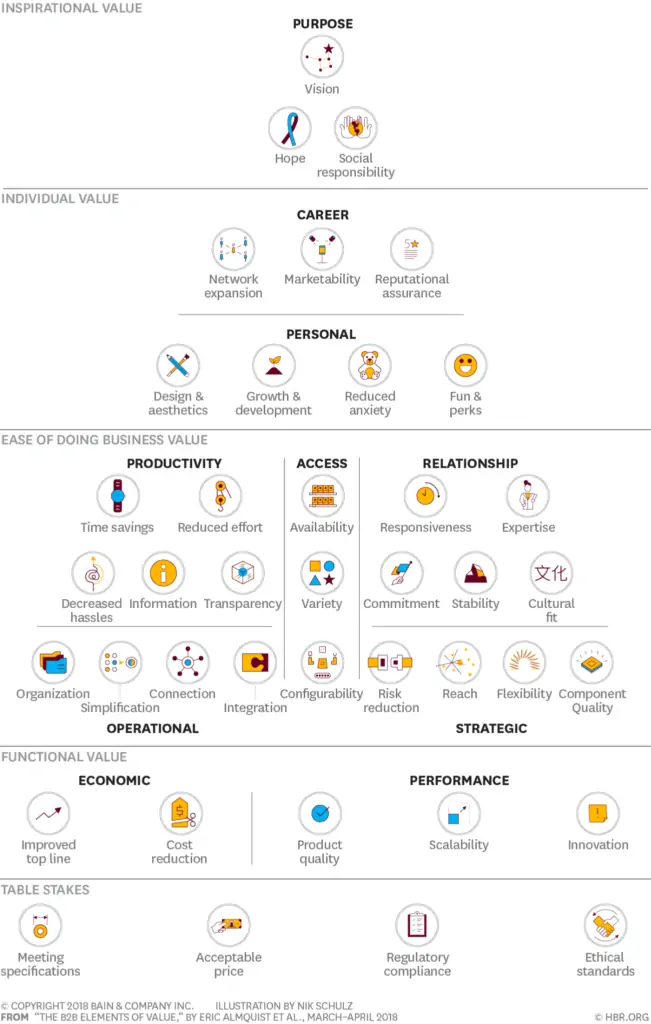
Factors that influence a B2B purchase
B2B buyers who participated in this research prioritized certain factors when selecting a suitable vendor or partner, but ultimately, the focus is on finding the best fit rather than settling for the cheapest option.
The same research also supports the importance of Net Promoter Scores (NPS) for B2B loyalty. Interestingly, only three out of the top ten factors are based on logical factors, while the remaining seven are subjective metrics based on emotions.
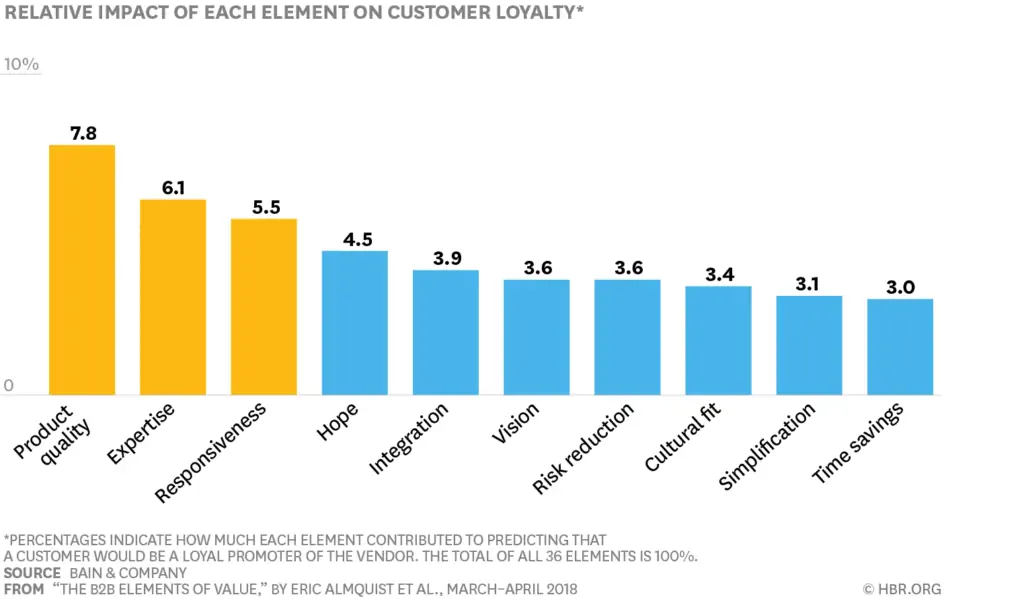
Customer loyalty
As you can see, the emotional approach is not a difference but a common thing for B2B and B2C marketing. But still, there are 2 significant differences:
- B2B sales cycles take longer to complete, meaning B2B email marketing tactics used to reach them need to provide more education and value upfront, which helps various decision-makers get on board. There is also a need to have a logical progression of micro-conversions to lead people from one step to another seamlessly.
- B2B purchases tend to be more expensive. Companies can be more selective yet willing to pay more to acquire each lead to ensure they are the right fit. On the other hand, B2C companies are usually less discerning since they cannot afford to pay as much and may need to deal with each customer individually after the initial purchase.
It’s not always easy to determine the best solution for your business. However, by addressing these differences in advance, you can increase your chances of success.
Plan Your Email Marketing Strategy for B2B Company
Having a well-planned strategy is essential for the success of any campaign. When creating your B2B email marketing plan, there are five steps that you should follow:
- Identify your potential customers.
- Determine the purpose of your campaign.
- Set clear goals and objectives to achieve.
- Specify how often you would like your emails to be sent out.
- Make a timeline to keep you on track every step of the way to avoid falling behind schedule.
To ensure success, it’s important to use automation techniques correctly, or turn to professionals for email marketing automation services and pay attention to small but crucial details like sending a welcome message to new email subscribers. Additionally, keep in mind your budget and available resources to achieve your goals. Still, the most practical and crucial thing in B2B email marketing planning is creating a customer journey map.
Map Out Your Customer Journey
The customer journey is a framework to help you understand your customers’ expectations. It’s not just about understanding their needs and desires, it’s also about understanding the relationship between their current stage in their buying cycle and where they will be if they proceed to the next one.
In order to build a successful B2B email marketing strategy, you need to know how to approach your leads and prospects through the different stages of their journey. This process is called customer journey mapping, and to do this correctly, you should understand a few crucial concepts in the field of marketing and customer experience:
Customer Journey Map — A visual representation of a customer’s interaction with your product or service over time. This can include every touchpoint, including emails, website visits, social media interactions, etc.
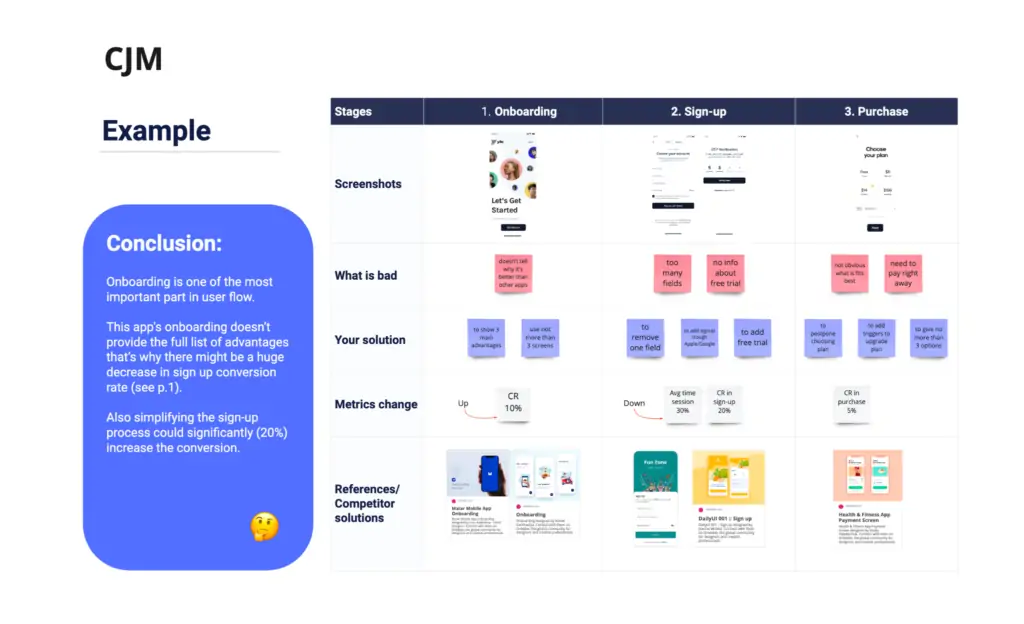
Buyer Personas — A set of fictional characters based on real data that represent an audience segment within your target market. These personas allow you to understand the needs and goals of each audience member so you can create messaging that resonates with them at each stage of their journey.
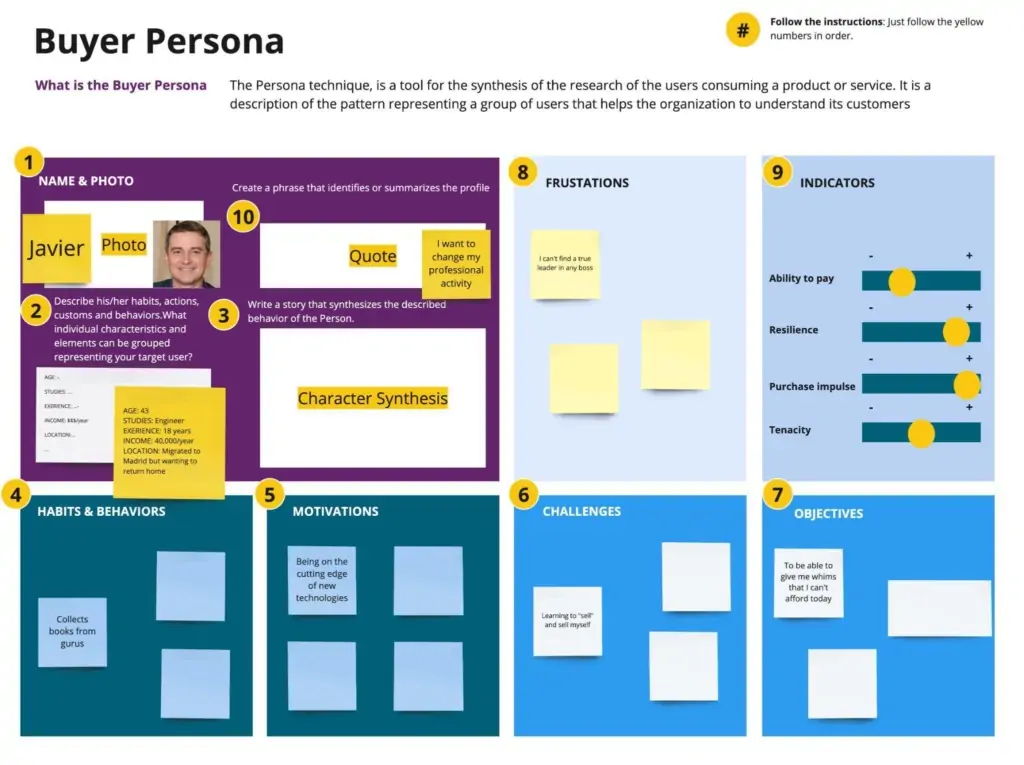
Marketing Funnel — A diagram showing how users move through different phases of the sales funnel (awareness, interest, consideration) until they become customers.
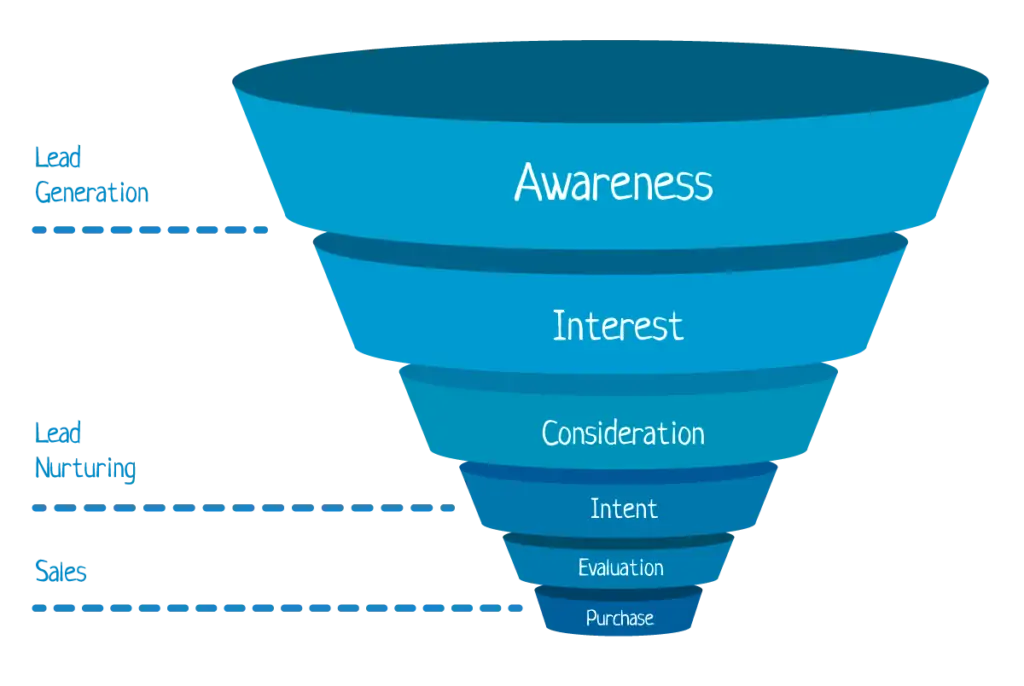
The image below is an example of a customer journey map for a specific B2B project:
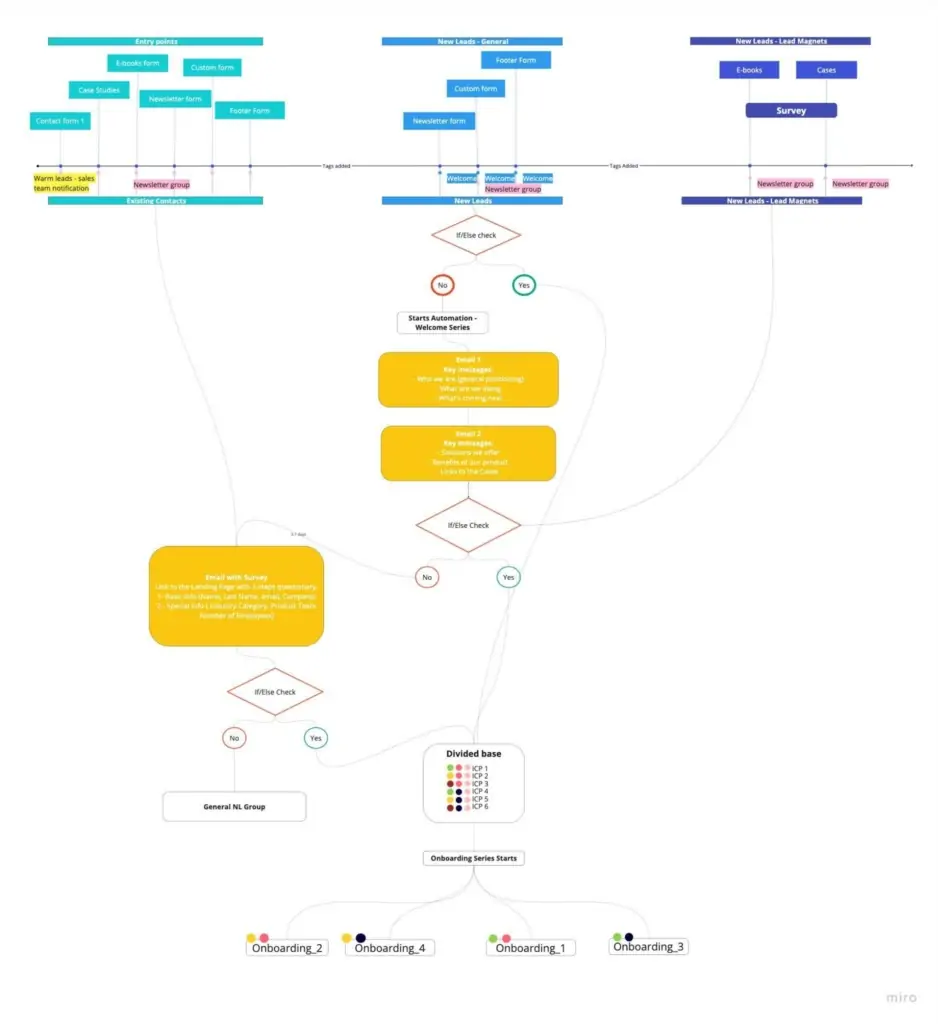
The purpose of the map is to highlight key touchpoints where your business interacts with customers.
Here, you collect all the entry points for new prospects (lead-magnets and subscription forms) and visualize your segmentation into main ICPs after they end the welcome email series.
Useful B2B email marketing tips:
- The best and easiest tool for segmenting your audience is tagging. Show the tagging process on your CJM for better perception.
- Always consider “bad” options in customers’ journeys. Show what will happen if the prospects will ignore your efforts to engage them.
- Use your imagination! There are no strict rules for each specific project: brainstorm new ideas with your colleagues or explore the web for inspiration, and may the marketing force be with you!
It’s important to note that not all steps need to be included on this map to build a successful digital marketing for B2B companies, as it will depend on what type of company you run and how many different channels you use to engage with potential customers.
You can create a Customer Journey Map for B2B email marketing strategy in 5 simple steps:
1) Define your target audience and set up personas
2) Choose entry points for your website
3) Create a customer journey map from top to bottom of your sales funnel
4) Check if each step makes sense and has some useful information on it (like pricing, contact details, addresses, etc.)
5) Test your customer journey with real customers!
Tips for a Successful B2B Email Marketing Strategy
Email marketing for B2B and B2C companies alike is an important component of your marketing mix.
The problem with email marketing for B2B companies is that it’s easy to do poorly. If you send too many emails, send them too frequently, or include irrelevant content, you’ll annoy your subscribers and lose their trust. And if that happens, they’ll unsubscribe from your list. Therefore, it is important to choose high-quality B2B content writing services for your email marketing.
But if you do it well by sending relevant messages at the right time, you can build relationships with your customers and prospects and increase sales opportunities.
To help you get started with email marketing for your business, here are some best practices for B2B email marketing:
- Understand who you’re talking to. Always use segmentation.
- Keep it short and sweet. Too much is not good enough.
- Make sure it’s relevant to the recipient. Personalization is the key!
- Make sure it looks good on mobile devices (and desktop computers too). Find the correct templates to convey your message.
Conclusion
In conclusion, implementing effective B2B email marketing strategies is essential for businesses to convert leads into paying customers and drive success. While B2B and B2C marketing share some similarities, B2B email marketing requires a different approach due to longer sales cycles and higher purchase costs. By understanding the emotional aspects of decision-making and focusing on building trust and confidence, businesses can create effective email campaigns that resonate with their target audience.
A well-planned email marketing for a small B2B business involves identifying potential customers, defining campaign purposes and goals, determining email frequency, and staying on schedule. Automation techniques, attention to detail, and budget considerations are also important factors for success. Additionally, mapping out the customer journey through visual representations, such as customer journey maps, buyer personas, or marketing funnels, can help businesses understand their customer’s expectations and improve their overall experience.
By following these best practices, businesses can build strong relationships with their customers, increase sales opportunities, and ultimately drive growth and success in the B2B market.
If you’re still unsure how to effectively implement your email marketing campaign, we are ready to help and provide email marketing audit services or create a turnkey email marketing strategy. Here at Livepage, we are always happy to share our experiences and boost your business. Contact us now, and feel the difference of a professional team for yourself!





